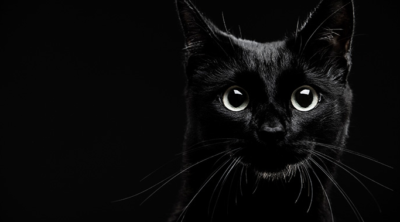Laser declawing is an advanced form of declawing surgery. It not only reduces painful symptoms during and after the procedure, but also quickens the recovery period.
A cat’s natural instinct to scratch things won’t go down well with its owner, especially when it claws soft carpets, expensive furniture, and other household items. In most cases, it is a concerning issue with indoor felines. In order to stop this frustrating behavior, some owners opt for the controversial practice of declawing their cats, wherein their nail bed, along with the third bone or phalanx, is removed surgically. It is considered controversial as it is more than just trimming or cutting nails.
Most people consider declawing as getting a manicure done, which is not so. Besides being a painful procedure, it causes abnormal changes in the cat behavior, posture, and gait. After analyzing the complications of conventional cat declawing or onychectomy, veterinarians have come up with an advanced laser technique. According to them, laser declawing is less painful than the typical method. Nevertheless, the basic operation is similar to the traditional method, except for the equipment used.
Cat Declawing: Laser Surgery
Prior to the surgery, a qualified vet examines the pet’s overall health. Based on this, an appropriate method is prescribed. Laser declawing, a humane alternative, is performed by using laser beams. As a preparatory step, the pet is administered general anesthesia and pain relieving medication. Then laser light of adequate strength is applied to disarticulate the phalanx. Ultimately, it amputates the claw and last knuckle from which the claw develops.
Unlike conventional declawing, laser procedure causes less bleeding and pain. As soon as the bones are removed, the laser beam is used to seal off injured nerves and blood vessels. Thus, bandaging and dressing is usually not necessary in this surgery. During the recovery period, your pet should be given adequate rest to induce quick healing. Also, you need to take time out to console your beloved pet. In case, your feline is in great pain, take advice from the vet for appropriate pain killers.
The post operation conditions remain more or less similar to regular declawing procedure. This procedure is more expensive than traditional onychectomy. The average cost of laser declawing is about US$350 – US$500. This may vary depending upon certain aspects, such as location, experience of veterinarian, and the clinic where you are getting your pet declawed. Though costly, this technique poses less painful symptoms in the long run.
With laser declawing, it is not unusual to manifest burnt tissues and delayed healing, especially when performed by a less experienced vet. In case you are facing genuine problems with your cat’s clawing habits, try other alternatives that are safer and less expensive. Training your beloved cat at early stages is the most practical solution. Other effective options to tackle this problem are trimming nails regularly, making use of vinyl claws, spraying citrus, and erecting scratching posts.
As far as controversies are concerned, laser declawing is still the subject of debate amongst animal lovers. They argue that declawing a cat, either by conventional or laser technique, is not a practical solution to scratching problems. By indulging in this procedure, you are amputating crucial parts of your feline. So, be a responsible cat owner and understand the pros and cons of the procedure, before making your pet suffer throughout his life.


